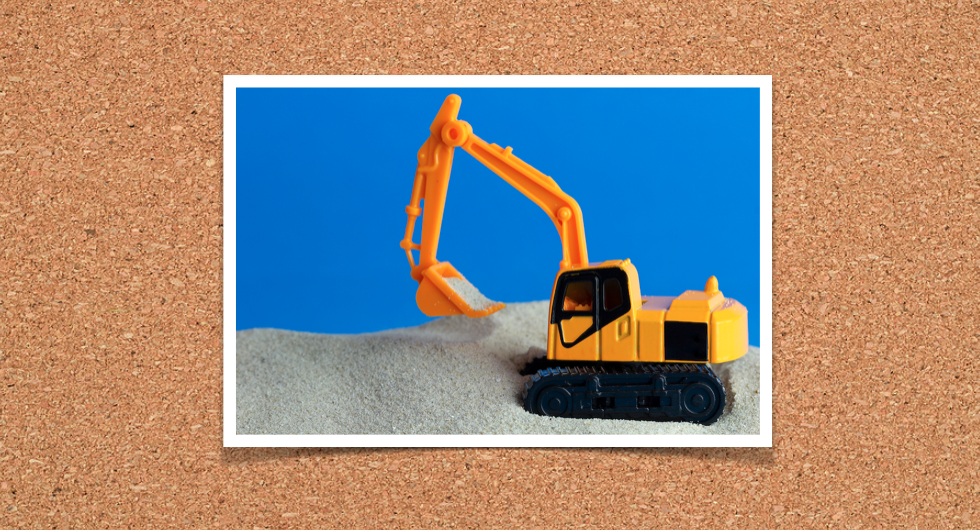You’ve a piece to write and a deadline to meet. But are you ready to start writing? Really? Do you have ALL the research finished? Are your notes in order? Is your outline perfect? Be honest now. Shouldn’t you do a just a teeny bit more preparation first?
That’s how the mind messes with writers!
The anguish over being prepared enough is enough to paralyze your work. You can go looking for some kind of “writer’s block app”, or try getting rid of writer’s block with the familiar cliches: “Don’t let perfect be the enemy of good…”, “Done is better than perfect…” etc.
There’s truth in these old maxims, but it’s a truth that misses the mark. Here’s why. In many situations, you actually aim for perfect. You may never reach it, but as a writer you set your standards high. You seriously care about covering the ground, including all the evidence, providing lively examples, and more.
One Extra Step — and a Lot Less Heartache
There’s a different way to look at this. The problem that you’re facing comes from a simple and common mistake. The error is to see writing as a three-step process:
- Prepare
- Write
- Edit and proofread
A better process has four steps:
- Prepare
- Write
- Backfill
- Edit and proofread
In this process, you start by assembling your notes to the best of your ability. And you do create a decent outline, based on all the thinking and research you’ve done. But you begin writing before you feel completely ready. At a certain pre-determined time, you cut the preparation short and get going. The difference is this. You’re not agreeing to sacrifice quality. You’ve promised yourself the third step, backfill.
Backfill is Easy to Do
Here’s how backfill works. Once you’ve finished writing, you go back to your notes or outline, and identify what you’ve missed. You’ll see immediately: because you just did the writing, you’ll notice elements that you left out or placed in a less-than-ideal sequence. If you’re using Braincat to prep your writing, this is especially easy. First, output your Braincat outline as a CSV file (that’s a kind of spreadsheet). Then copy the CSV into any writer’s tool that provides you with a table: Google Sheets, Excel, or Numbers. You’ll get two columns: one with your headings, and one with the details. Create a fresh column to the right and scan through the material. In the new column, type “x” for anything you’ve missed in your first draft. Now sort the table so all the “x” items appear together at the top.
The final step is simple. Return to your draft and add in, or correct, all those missing or mistaken items. You’ll be amazed how quick and easy this is.
Backfill Improves Your Writing
Backfill isn’t editing or proofreading. Those are important final steps for any serious writer. Backfill is all about content. It makes writing easier, because it takes the pressure off trying to pack everything into the first draft.
Notice how this can improve your writing. Using backfill, you create your first draft based on the content you can easily hold in mind. That means you don’t need to be slavishly watching your notes as you write, which can cramp your style. You are certainly guided by the preparation you did (this isn’t freewriting), but you’re not strapped to it.
Next time you have a piece to write with a lot of complex information, try using backfill. It will make the process a whole lot easier.
